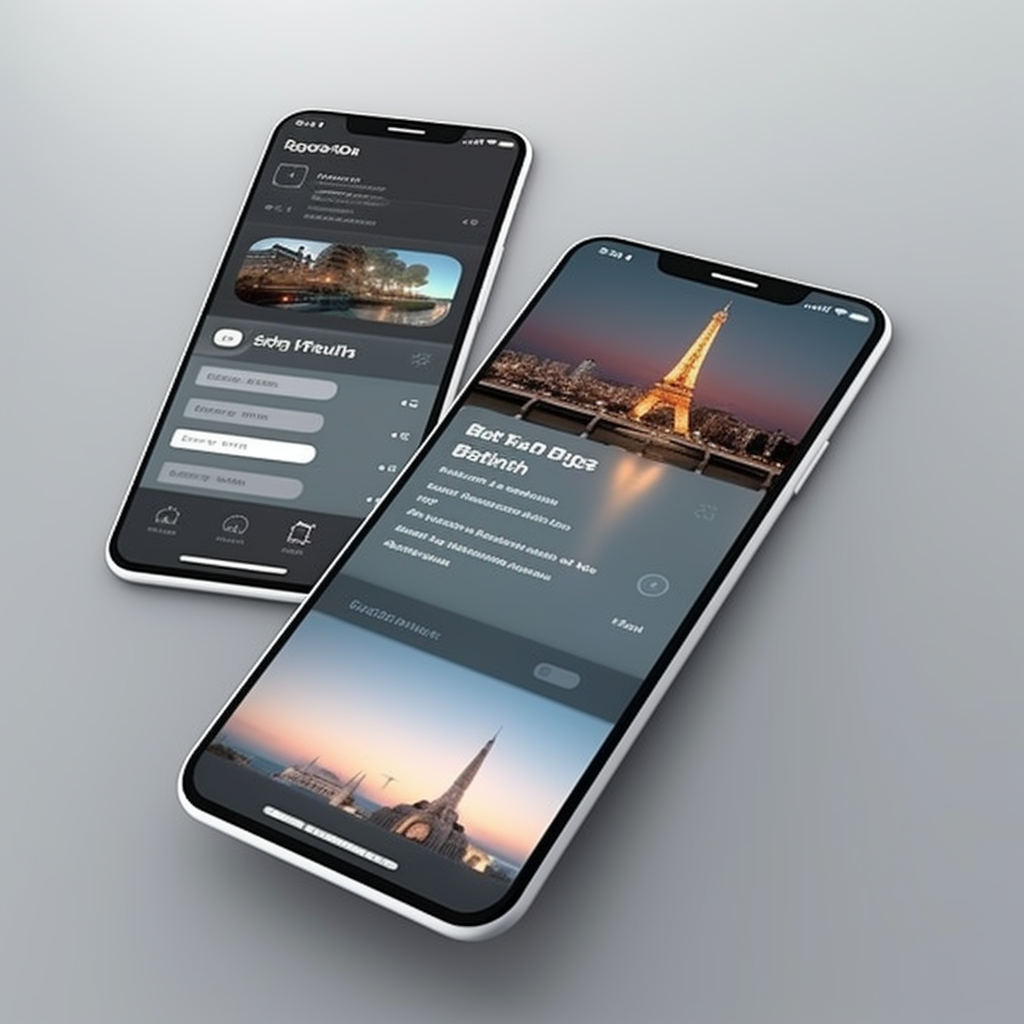The world of travel and tourism is constantly evolving, and mobile technology has been a major driver of this trend. As more and more people rely on their phones to access information and book trips, the tourism industry has to keep up with the ever-changing mobile landscape. In this article, we will explore the latest trends in mobile tourism and discuss how businesses and organizations can take advantage of them. On our website you can also read general information on how to engage tourists using technology.
Popular Mobile Tourism Trends
Mobile tourism is an emerging trend in travel, providing more personalized experiences and more efficient ways to explore destinations around the world. With the rise of mobile technology, tourists are now able to access information and plan trips with ease. Here will explore some of the popular trends in mobile tourism and how to take advantage of them.
Rise of Mobile Travel Applications
Mobile travel applications are becoming increasingly popular as travelers look for ways to make their trip planning and experience more efficient. These applications allow travelers:
- to find information on destinations
- to compare prices
- to book flights and hotels
- to provide detailed directions
With the ever-increasing popularity of smartphones, mobile travel apps are making it easier for travelers to access the information they need on-the-go, creating a more enjoyable and efficient travel experience.
Emergence of Virtual or Augmented Reality Experiences
Virtual and augmented reality experiences are becoming more popular as well, providing tourists with a more immersive and interactive experience. These technologies allow users to explore a destination from a virtual perspective, allowing them to explore the environment and uncover hidden secrets. Tourists can also use augmented reality apps to find information about the area, such as points of interest and places to eat. With the rise of virtual and augmented reality, tourists are able to explore a destination in a more interactive way, providing them with a more enjoyable and unique experience.
Increased Use of Wearable Devices
Wearable devices are becoming increasingly popular with tourists, allowing them to keep track of their activities and stay connected with friends and family. Wearable devices such as smartwatches and fitness trackers allow tourists to easily track their progress and stay connected to their friends and family. These devices also allow them to access information about their destination, such as maps, directions, and points of interest. By utilizing wearable technology, tourists can make the most of their vacation, staying connected and making sure they don’t miss any important sights.
How to Take Advantage of Mobile Tourism Trends
Mobile tourism is defined as the use of smartphones, tablets, and other mobile devices to access information and services related to travel, such as planning trips, booking flights, and navigating a destination. By taking advantage of the latest trends in mobile tourism, businesses can provide their customers with a more convenient, efficient, and enjoyable travel experience. We will discuss three ways businesses can take advantage of mobile tourism trends: developing an app, leveraging location-based services, and offering wearable technology experiences.
Develop an App
Creating a mobile app is an effective way to take advantage of mobile tourism trends. Through a mobile app, businesses can provide customers with a streamlined, user-friendly experience that makes it easy to access their products and services. An app can also be used to deliver personalized recommendations, discounts, and promotions to customers based on their individual needs, which can help to increase engagement and loyalty.
Leverage Location-Based Services
Another way to take advantage of mobile tourism trends is to leverage location-based services. By incorporating location-based services into their mobile app or website, businesses can provide customers with valuable information about nearby attractions, restaurants, and other points of interest. This can help customers to plan their trips more effectively, as well as make more informed decisions about where to go and what to do.
The mobile revolution has transformed the way we travel and experience the world. With more and more travelers relying on mobile technology to plan their trips, businesses must keep up with the ever-changing trends. By understanding the trends and adapting their strategies accordingly, businesses can stay ahead of the competition and capitalize on the potential of mobile tourism. By leveraging the power of mobile technology, businesses can offer more personalized services and create better customer experiences, leading to higher engagement and customer loyalty. As mobile tourism continues to grow, businesses must remain vigilant and adjust their strategies to keep up with the times and take full advantage of the opportunities that mobile technology offers.
Mobile tourism is defined as the use of smartphones, tablets, and other mobile devices to access information and services related to travel, such as planning trips, booking flights, and navigating a destination.
Creating a mobile app is an effective way to take advantage of mobile tourism trends. Through a mobile app, businesses can provide customers with a streamlined, user-friendly experience that makes it easy to access their products and services. An app can also be used to deliver personalized recommendations, discounts, and promotions to customers based on their individual needs, which can help to increase engagement and loyalty.
Wearable technology, such as smartwatches and fitness trackers, can be used to provide travelers with a more immersive and interactive experience. For example, businesses can use wearables to track travelers’ location and provide them with real-time updates about their journey.
